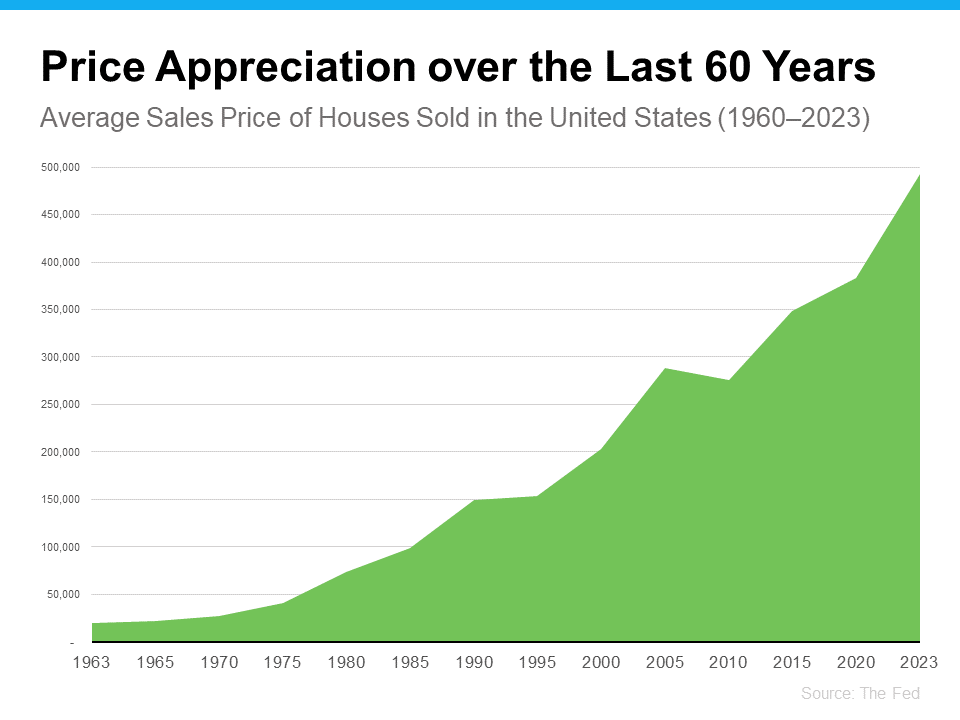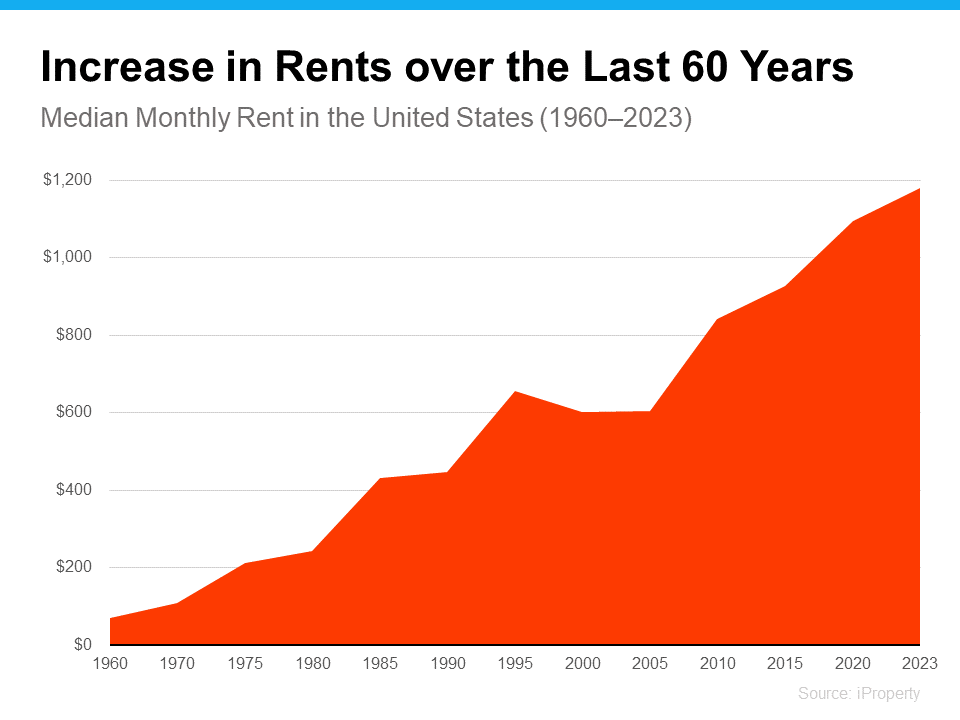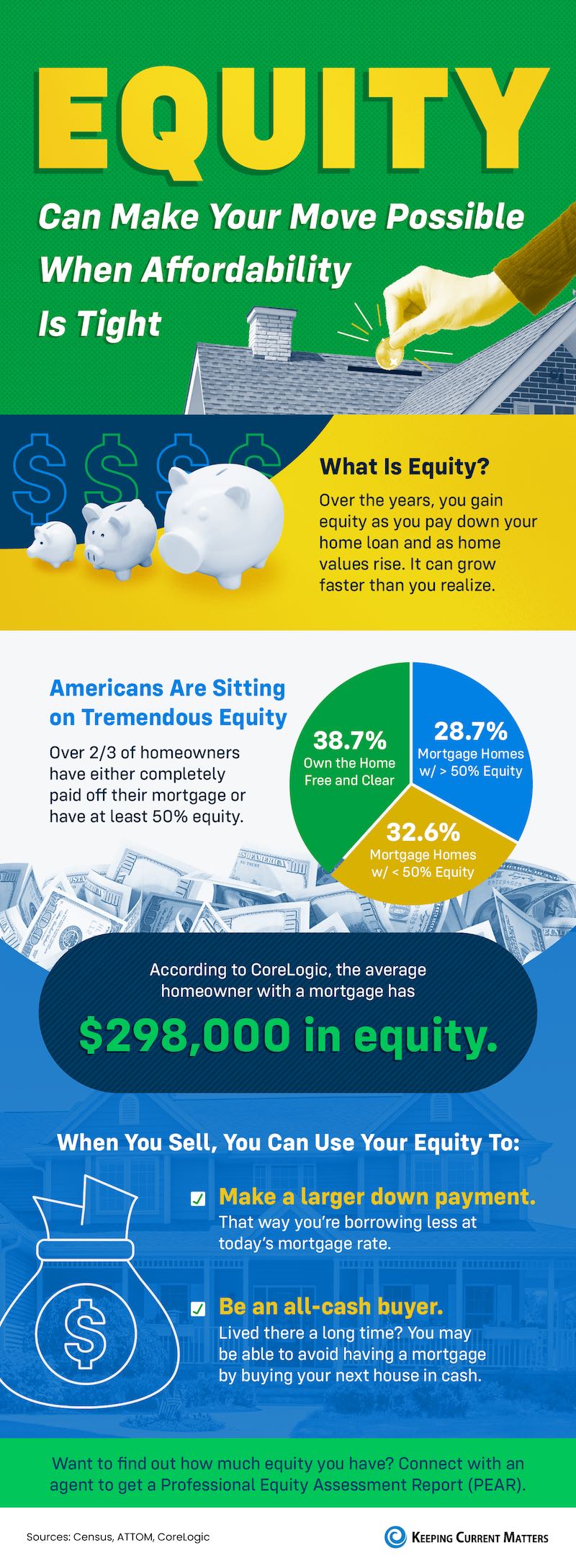
Key takeaways
- The prime rate helps financial institutions determine how much interest to charge their consumers.
- Every six weeks, the Federal Reserve evaluates the economy and determines if the rate should go up, down, or remain the same.
- A change in the prime rate can affect credit cards, home equity lines of credit, student loans, and savings accounts.
Unless you’re a banker or really interested in economics, it’s not likely that a discussion about the prime rate will come up at your dinner table or in texts back and forth with your bestie. But, it’s a common term that affects almost all of us in some way, as it has an impact on how much we pay in interest on the money we borrow and the return we get on money in our savings accounts.
So, what is the prime rate?
Within the Federal Reserve, The Federal Open Market Committee (FOMC) meets every six weeks to discuss and set the federal funds rate; sometimes it changes and sometimes it doesn’t. They look at the economy and other economic indicators to establish what they think will be a beneficial rate for banks to lend each other money. In slower economies, the FOMC tries to keep the federal funds rate low to encourage borrowing, which leads to spending and investing, but when the economy grows quickly, the FOMC might raise the rate to offset and balance the economy.
The prime rate, in turn, is based on the federal funds rate. Also known as The Wall Street Journal prime rate or the U.S. Prime Rate, it’s a benchmark set and used by financial institutions to determine how much interest to charge a bank’s customers on loans. Typically, it’s about 3% higher than the federal funds rate.
While the prime rate is likely the best rate available, it’s not a mandatory minimum for lenders to use. And just because the feds change the federal funds rate, financial institutions are not required to change their prime rate (although they often do).
The prime rate is then used as a reference point, known as an index, by financial institutions and set interest rates based on that index often adding a margin based on the borrower’s credit history and other financial details and what kind of risk that poses for the lender.
Impact of prime rate changes
Here’s a list of accounts that could be directly affected by changes to the prime rate:
- Home equity lines of credit: If your home equity line of credit (HELOC) has a variable rate, you could see a change in your monthly payments.
- Mortgages: If you currently have an adjustable-rate mortgage (ARM) that is tied to the prime rate, you’d see a change in your monthly payments as well. If your current ARM is tied to the SOFR (Secured Overnight Financing Rate) you’ll only be impacted by changes of the SOFR rate, not a prime rate change. Fixed rates are unaffected.
- Small business loans: While SBA loan interest rates are often a lender’s most competitive offerings for small businesses, they can be affected by changes in the prime rate. Check your small business loan or line as it may have changed based on prime rate fluctuation.
- Small business credit cards: Most small business credit cards have variable interest rates that are tied to the prime rate. For example, a 0.25% increase in the prime rate could translate to an additional $2.50 for every $1,000 of debt you carry. If you tend to carry a balance on your credit card, a rate drop could be beneficial.
What’s not affected by changes in the prime rate?
Any loan or line with a fixed rate, rates set by the bank, or rates tied to SOFR won’t change. Some examples include:
- Student loans: Student loans that are tied to changes in SOFR will also not be impacted.
- Mortgages: Fixed rate mortgages or mortgages tied to SOFR will not be impacted by a prime rate change.
- Savings accounts: While not directly tied to changes to the prime rate, savings accounts can shift when institutions adjust savings rates as the market moves, typically over long periods of time. This is also true of auto loans, some small business loans, and other rates offered by banks.
While some financial institutions will change their rates when the prime rate changes, others will keep their interest rates as is, so check in with your accounts to see how they’ll be impacted.








